MANOLO CARACOL
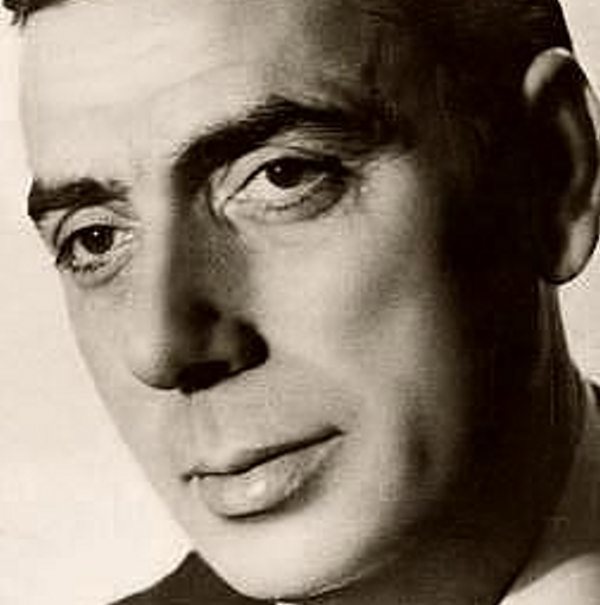
Biography
Born in Seville, Spain, he was descended from a long line of flamenco artists including Enrique Ortega (father and son) and Curro Dulce, and he was possibly related to El Planeta and El Fillo. The family was also known for its bull fighters.
Under the stage name Manolo Caracol, he “gained international fame as much for his flamboyant personality as for his extraordinary cante.” Later his juergas (days long flamenco parties) became notorious. Although as a singer he always retained the ability to deliver the core of the traditional art, he was not ashamed to commercialize flamenco to attract a mass popularity; then he gained fame and fortune, as well as adding to a checkered reputation. For the most part, this was during what was later widely known as a decadent age in the history of the art, the age of Ópera flamenca.
In 1922 as a youth, he had been awarded the first prize (shared with El Tenazas) at the Concurso de Cante Jondo de Granada, organized by intellectuals like Manuel de Falla and Federico García Lorca. However, in the first stage of his career, he made a living singing mostly at private parties, which at the time, were, together with cafés, the usual stages for flamenco artists.
During the Spanish Civil War (1936-1939), he started touring with theatre companies as: owing to the war, private parties were difficult to find. This kind of theatre show, very common at the time (see ópera flamenca) was a musical with commonplace love stories set in Andalusian or gypsy context and their musical pieces were usually a mixture of Spanish popular song called copla andaluza or canción española. In 1943, he met Lola Flores, with whom he started an intense professional and emotional relationship. They became the most popular artistic couple in Spain during the forties, spreading their fame even to several Spanish American countries.
His most popular songs in the field of copla andaluza, which he used to call zambra, date from that time: songs like La salvaora and La niña de fuego became immensely famous in Spain. He also took part in several films such as Un caballero famoso (1942), Embrujo (1946), Jack el Negro (1950) and La niña de la venta (1950).
Manolo Caracol died in a road accident in Madrid, Spain.



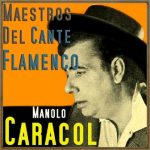 Maestros del Cante Flamenco: Manolo Caracol
Maestros del Cante Flamenco: Manolo Caracol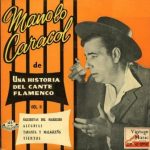 Seguiriyas del Marruro, Manolo Caracol
Seguiriyas del Marruro, Manolo Caracol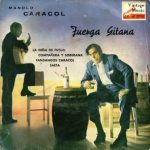 Manolo Caracol, La Niña de Fuego
Manolo Caracol, La Niña de Fuego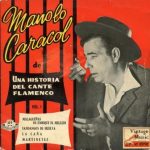 Malagueñas de Enrique el Mellizo, Manolo Caracol
Malagueñas de Enrique el Mellizo, Manolo Caracol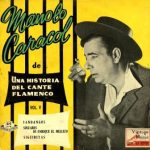 Historia Del Cante Flamenco, Manolo Caracol
Historia Del Cante Flamenco, Manolo Caracol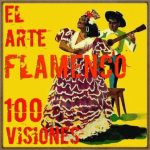 100 Visiones de "El Arte Flamenco"
100 Visiones de "El Arte Flamenco"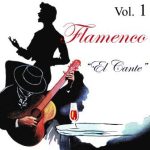 Vintage Flamenco Cante
Vintage Flamenco Cante



